Stellantis Extends CO2 Credit Deal with Tesla Into 2025
Automaker Continues Compliance Strategy Amid EU Emissions Regulations

Stellantis has confirmed that it will continue purchasing CO2 credits from Tesla in 2025 to meet European Union (EU) emissions regulations, Reuters reports. The EU initially required automakers to comply with stricter emissions standards by 2025 but has since extended the compliance window to 2027. Despite this extension, Stellantis’ Chief Operating Officer, Enlarged Europe, Jean-Philippe Imparato, stated that the company will “use everything” to ensure it stays within legal limits.
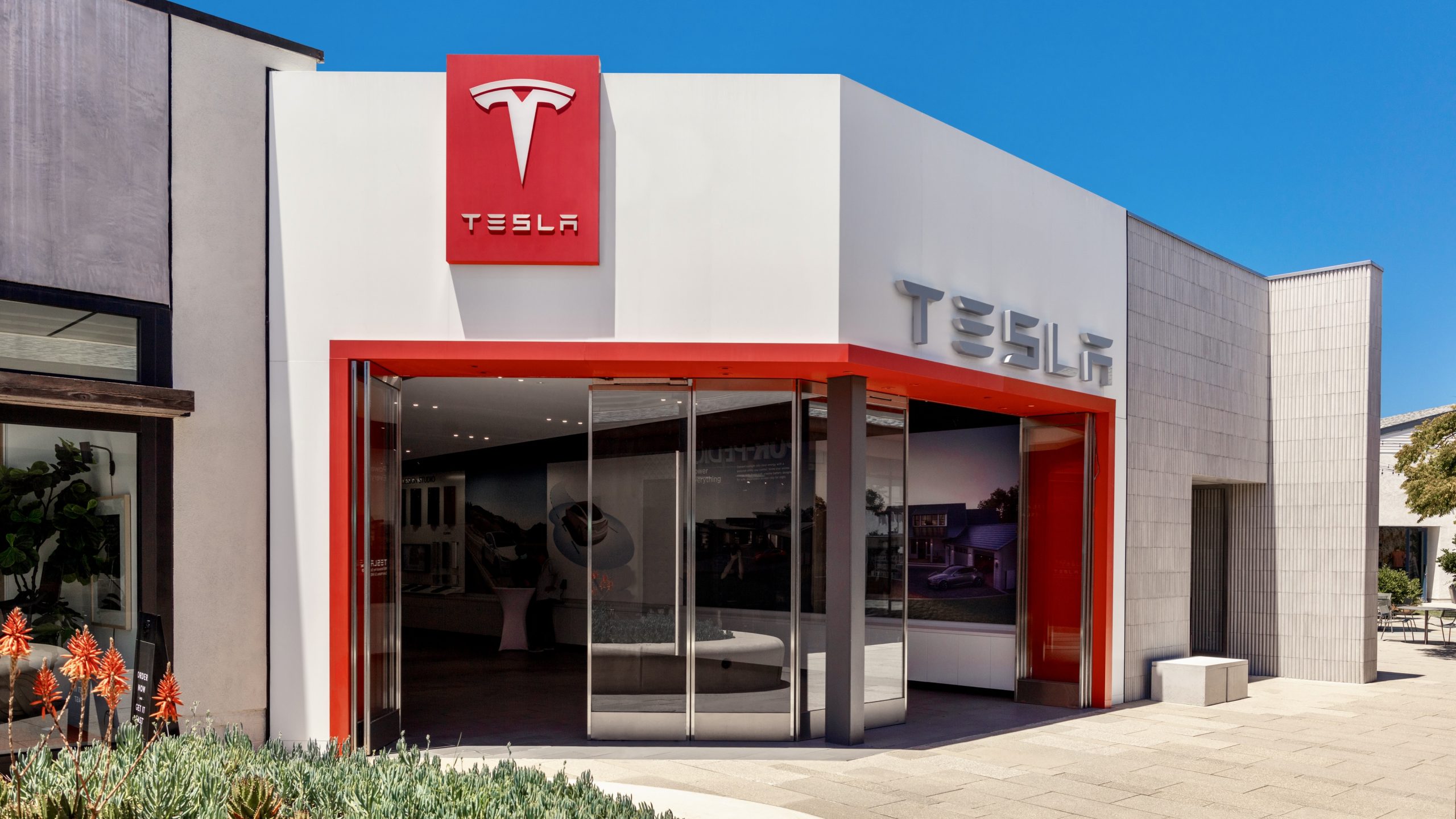
The decision places Stellantis within a CO2 credit “pool” led by Tesla, which includes other automakers seeking to offset their emissions. This arrangement allows companies struggling to meet carbon reduction targets—especially those with lower electric vehicle (EV) sales—to purchase credits from manufacturers that exceed their clean-energy quotas. Without these credits, automakers risk hefty fines for non-compliance with EU regulations.
Stellantis has made significant strides toward electrification, but its EV sales in Europe remain at 14%, falling short of the EU’s 21% target. This shortfall necessitates the continued purchase of CO2 credits to bridge the compliance gap. While the three-year extension offers more time to transition, Stellantis remains reliant on external carbon offsets rather than solely on its own vehicle lineup.
To boost its electrification efforts, Stellantis is expanding its hybrid and EV production. Imparato announced that the company’s Mirafiori Assembly Plant in Turin, Italy will begin manufacturing a hybrid Fiat 500 Ibrida in November, alongside the existing EV model. The automaker aims to produce 130,000 units annually between both versions, signaling a broader push toward hybridization in response to market demand.
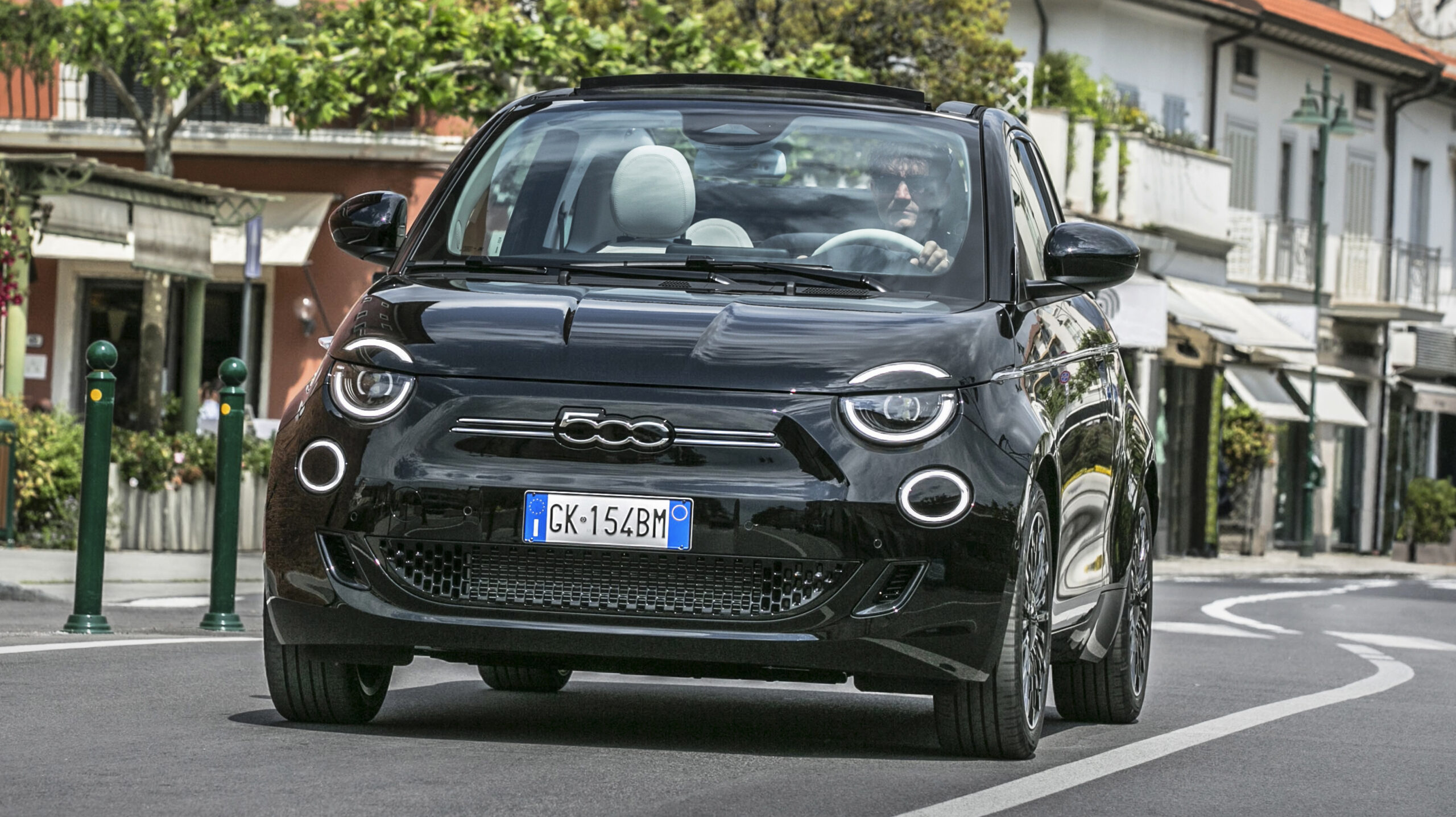
Despite regulatory flexibility, Stellantis acknowledges that the 2027 extension does not fully solve the industry’s emissions challenges. Imparato emphasized that while the extra time offers “some breathing space,” it does not eliminate the need for accelerated investments in cleaner technologies. The company must still balance compliance costs, market demand, and production scalability to remain competitive in an increasingly electrified industry.
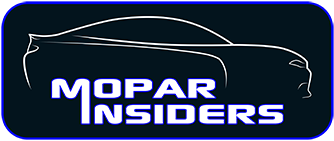
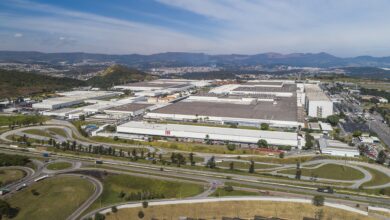

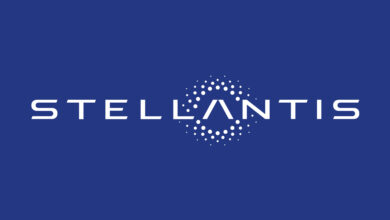

2 replies
Loading new replies...
Join the full discussion at the Mopar Insiders Forum →